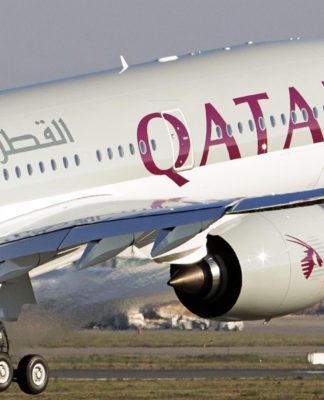01 Jun 2018 – 1:57

The Peninsula
DOHA: Substantial financial buffers, prudent fiscal policy and sound financial sector of Qatar helped the country successfully adjust to lower hydrocarbon prices and the unjust siege imposed by some countries, the executive board of the International Monetary Fund (IMF) said.
A report issued by IMF revealed that Qatar’s growth performance remains resilient and is able to deal with the direct economic and financial impact of the siege. The near-term growth outlook is broadly positive and GDP growth of 2.6 percent is projected for 2018, the report showed.
After concluding Article IV consultation with Qatar, directors concurred that Qatar has ample fiscal space to continue with gradual fiscal consolidation to ensure sufficient saving of the hydrocarbon wealth for future generations.
They welcomed Qatar’s continued commitment to prudent economic and financial policies, which are important to sustain the economy’s resilience and promote diversified and inclusive growth.
The availability of significant external and fiscal buffers and the strong financial sector should enable Qatar to withstand downside risks, including lower-than-envisaged oil prices, tighter global conditions and an escalation of the siege crisis, the report showed.
The underlying fiscal position continues to improve, where the fiscal deficit is estimated to have narrowed to about 6 percent of GDP in 2017 from 9.2 percent in 2016. The deficit has been financed by a combination of domestic and external financing. Public debt (estimated at 54 percent of GDP as at end-2017) remains sustainable. The current account is improving in the context of increased oil and gas.
Qatar’s banking sector remains healthy overall, reflecting high asset quality and strong capitalisation. As at end-September 2017, banks had high capitalisation (capital adequacy ratio of 15.4 percent), high profitability despite recent moderation (return on assets of 1.6 percent), low non-performing loans (ratio of 1.5 percent), and reasonable provisioning ratio of non-performing loans (85 percent). Liquidity has been generally comfortable, with a liquid asset to total asset ratio of 27.3 percent, though bank reserves have declined since 2015.
The IMF executive directors supported Qatar’s efforts to enhance non-oil revenue, including putting in place a value-added tax (VAT) and excises, noting that strengthened expenditure control, with emphasis on further public-service reform and accelerated reform of the public utility companies, would help to improve economic efficiency.
Directors concurred that the currency peg to the US dollar continues to serve Qatar well, providing a clear and credible monetary anchor, reported QNA. They underscored that the exchange rate regime should be reviewed periodically to ensure that it remains appropriate as the economy moves toward a more diversified export structure. They also emphasised the importance of wage reform to reduce the public to private wage gap. In addition, further improvement in the reporting of fiscal accounts would strengthen accountability, transparency, and policy effectiveness.
Directors noted that the banking sector is healthy with high asset quality and strong capitalisation. However, they observed that the loan concentration in the real estate sector amid softening property prices warrants vigilance.
They also highlighted that FinTech, which will likely create new challenges and opportunities, will require additional regulatory capacity. They supported the authorities’ efforts to strengthen macro prudential regulation and consolidated supervision, and agreed that further progress in improving liquidity monitoring and forecasting would help in anticipating and planning for potential system-wide pressures. Directors supported the authorities’ efforts to enhance economic diversification and promote private sector development. They welcomed reform efforts related to the labor law, privatisation, special economic zones, and increased foreign ownership limits. They cautioned, however, that these efforts should avoid import-substitution strategies, and special tax incentives or labor policies that might result in market distortions.
They considered that additional measures to improve the business environment, including contract enforcement and reform of the insolvency mechanism, will boost private sector growth prospects. Directors encouraged the authorities to continue to enhance macroeconomic statistics.
The report noted that non-hydrocarbon real GDP growth is estimated to have moderated to about 4 percent in 2017 due to on-going fiscal consolidation and the effect of the economic siege. A self-imposed moratorium on new projects in the North Oil Field until the second quarter of 2017 and the Opec+ deal had restrained the growth of hydrocarbon output, culminating in overall real GDP growth of 2.1 percent in 2017.
Headline inflation remains subdued, primarily due to lower rental prices. The real estate price index fell by 11 percent in 2017 (year-on-year basis) following cumulative increase of 53 percent during 201316, reflecting increased supply of new properties and reduced effective demand. Inflation is expected to peak at 3.9 percent in 2018 as the impact of the VAT being introduced during the second half of 2018 would mostly be felt in that year before easing to 2.2 percent in the medium term.










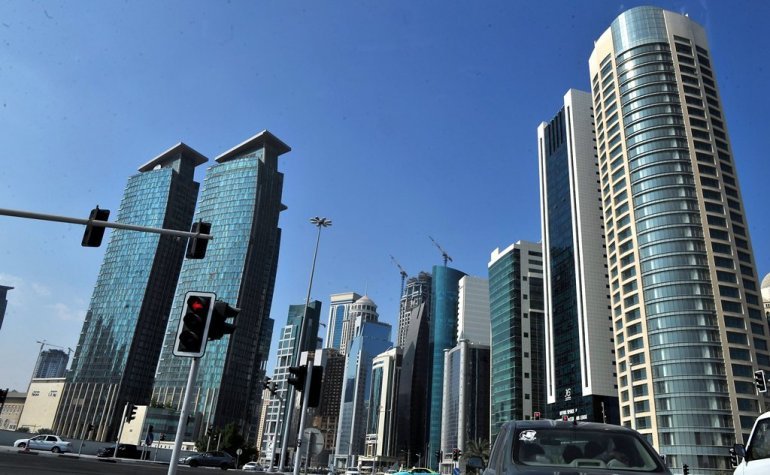






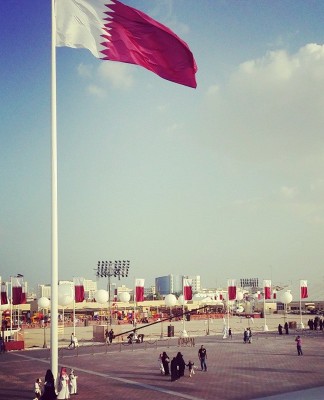



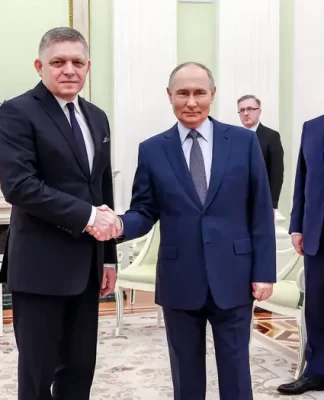
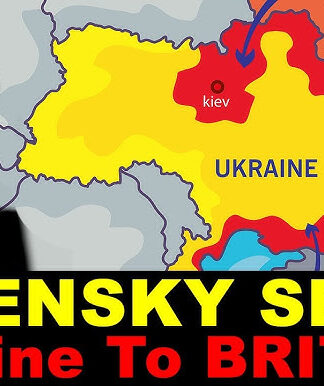
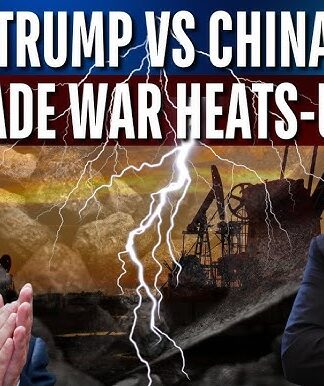
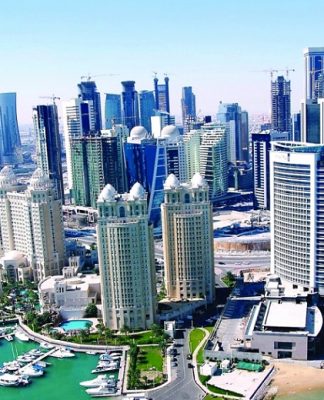

 Supreme Court Makes FIRST MAJOR RULING on Trump ACTS
Supreme Court Makes FIRST MAJOR RULING on Trump ACTS